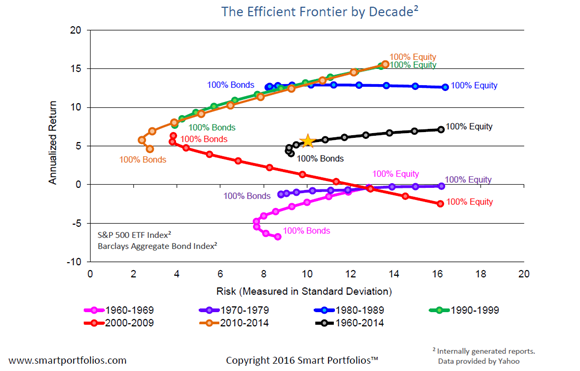Where would your Roth dollars fit in this 3-fund scenario?
You have kinda kicked the Achilles heel of 3-fund. You mentioned one more account, but what if the retirees have more accounts (I like to call them investing spaces)?
The easy choice is to use the same three funds in all accounts.
However, at the other end of choices you can divide asset choices and split them between your 10 (in our case) investing spaces.
To answer your question, of TSM, TBM, TI, I would put BOND in Roth.
Reference
Securities in approx. order of tax-efficiency.
15 Hi-Yield bonds (least tax-efficient)
14 TIPS
13 Taxable bonds
12 REIT stocks
11 Stock trading accounts
10 Balanced funds
9 Small-Value stocks
8 Small-Cap stocks
7 Large Value stocks
6 Int'l stocks
5 Large Growth stocks
4 Most stock index funds
3 Tax-Managed funds
2 EE and I-Bonds
1 Tax-Exempt bonds (most tax-efficient)
What you do is driven by how much total $$$ in each account. If you're down the road, and not contributing new dollars there is one better choice, but if you're still contributing to Roth, something else may fit better.
When I started the Roth, I chose Vanguard REIT fund and something else. So each year my REIT exposure grew. I am definitely not using it as part of a 3-fund scenario.
What I think is true (at least true for us) is that you need at least 2-3 carefully thought-out fund choices in each account (or investing space).

